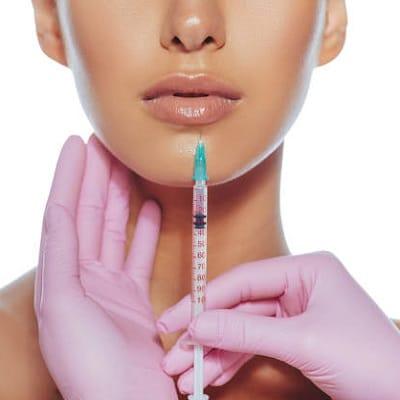Skin patches darker than the surrounding skin are known as hyperpigmented areas. It happens when the skin overproduces melanin, the pigment responsible for skin tone. It may occur on any skin type and is more common in certain health conditions, older age groups, or during pregnancy. Continue reading this blog to discover the types of hyperpigmentation and the causes of the most prevalent forms.
What is Hyperpigmentation?
Hyperpigmentation is skin pigmentation that shows as dark areas anywhere on our bodies. Excess melanin, a skin pigment, is the main cause of hyperpigmentation. Hyperpigmentation affects people of all racial and ethnic backgrounds and skin tones.
Although hyperpigmentation is usually not a dangerous condition, it may be a sign of a more serious sickness. The main factors causing the rise in melanin that results in hyperpigmentation include age, hormonal changes, sun exposure, and skin conditions.
Certain factors might be:
- Abnormalities of the adrenal glands in which the body cannot produce enough cortisol
- Vitamin deficiencies due to hormonal shifts brought on by pregnancy or puberty
- Thyroid problems
- Drugs for UV damage that may increase sensitivity to mild skin injuries, including acne, cuts, or burns that result in hyperpigmentation
What Are the Different Types of Hyperpigmentation
To treat pigmentation on the skin, it is important to know the different types of hyperpigmentation. Although there are many distinct forms of hyperpigmentation, we will discuss some more prevalent ones.
Age Spots or Sun Spots
Hyperpigmentation, also known as melasma, liver spots, age spots, or sun damage, is a condition where darker skin areas are surrounded by normal skin tone. It is caused by increased melanin produced in response to UV exposure or skin damage. Sunspots, or age spots, can appear as early as 30. It can be prevented by using topical antioxidants, avoiding early sun exposure, and wearing SPF. In-office procedures like Dermal infusion or Chemical Peels can also help remove the top layers of skin. Additionally, Broadband Light Therapy can reduce red and brown spots.
Hyperpigmentation after Inflammation
Post-inflammatory hyperpigmentation (PIH) is caused by skin injuries, particularly darker skin types, which are more susceptible to sun damage. This results in excess melanin, which heals wounds and protects the skin. To treat PIH, use retinol or a skin-lightening product to lighten the skin, remove discoloration layers, and reduce pigmentation overproduction. A series of chemical peels can balance skin tone, diminish hyperpigmentation, and reduce fine lines and pores.
Melasma
Melasma is a type of hyperpigmentation caused by hormonal changes and is more common in women. It often appears on the face, particularly the upper lip, cheeks, and forehead. To combat melasma, it is recommended to wear an SPF with IR protection. Use a skin-lightening agent to prevent the synthesis of retinol and melanin. The Advance Corrective peel, under expert supervision, can significantly reduce melasma appearance, and three or two laser treatments can revitalize the skin and reduce hyperpigmentation.
How to Prevent Hyperpigmentation?
Hyperpigmentation can be prevented or reduced by following certain steps. These include using sunscreen with an SPF 30 or higher, wearing protective clothing, avoiding skin picking after injuries or acne, seeking professional advice before using creams to lighten dark patches, and avoiding skin-lightening products. Hyperpigmentation may be unavoidable, but avoiding sun exposure between peak sun hours and using sun-blocking apparel can help protect the skin. Additionally, avoiding certain drugs may also help prevent hyperpigmentation.
Consult with Professionals for Treatment of Hyperpigmentation.
Expert advice is essential for managing hyperpigmentation to guarantee safe and efficient treatment. Dermatologists and skincare professionals are qualified to identify the particular kind of hyperpigmentation and provide customized treatment recommendations. Make an appointment to talk about your concerns, medical history, and lifestyle choices that might be causing problems with your pigmentation. These professionals can address the underlying causes of hyperpigmentation with a variety of treatments, including chemical peels, topical medications, and laser therapy.
For the best Hyperpigmentation treatment in Islamabad, Enfield Royal Clinic will be your best choice.
Conclusion
Hyperpigmentation is caused by inflammation, heredity, sun exposure, and hormone fluctuations. Treatment involves understanding its various forms, such as sunspots, melasma, and post-inflammatory hyperpigmentation. While over-the-counter solutions may help, consulting skincare experts offers a customized approach for optimal results. A thorough skincare regimen targeting the underlying causes and outward manifestations can lead to more even-toned, clearer skin.






Leave a Reply